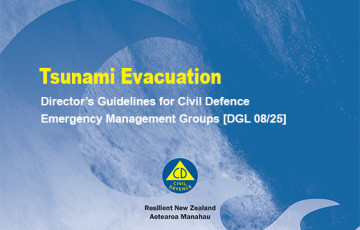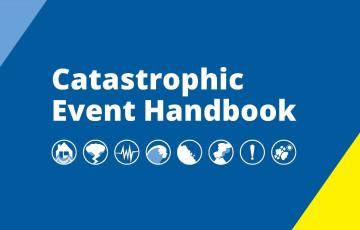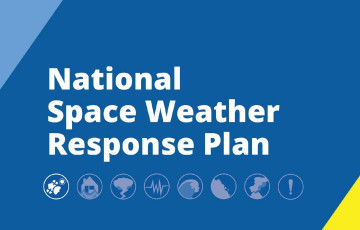Exercise Tangaroa post-exercise report.
This report provides an overview of Exercise Tangaroa 2016 and summarises the key findings derived from evaluation and feedback provided about the Exercise
Exercise Tangaroa post-exercise report
On 31 August, 14 September and 28 September 2016, Exercise Tangaroa 2016 was conducted to practice a national civil defence emergency management response to a regional-source tsunami.
The Exercise scenario was built around a tsunami following a magnitude 9.1 earthquake near the Kermadec Trench northeast of New Zealand. The scenario was designed to provide some, but not a lot, of warning time and to impact as much of the New Zealand coastline as possible.
101 government and non-government agencies participated in the Exercise, including five international organisations – the largest collaboration to date under the National CDEM Exercise Programme.
This report provides an overview of Exercise Tangaroa 2016 and summarises the key findings derived from evaluation and feedback provided about the Exercise.
Overall, the Report finds that the Exercise was a well organised, documented and executed national-level exercise. The Report concludes that the lead-up, preparation and coordination of participating agencies was excellent and that there was a high level of effective engagement and multi-level collaboration between agencies.
The report also includes high-level recommendations for how individual agencies and across-Government systems involved in major natural hazard events can enhance their readiness, response and recovery for future events.
Subsequent events - East Cape and Kaikoura earthquakes and tsunami
While Exercise Tangaroa was based on a regional source tsunami originating in the Kermadecs, two local source tsunami (that is, tsunami originating close to the NZ coastline) happened in late 2016. These were generated by the earthquakes of 2 September and 14 November 2016.
A number of improvements have been implemented following these events to strengthen our response arrangements and ensuring the public knows the right action to take. These include adjusting our thresholds for issuing immediate tsunami notifications, and rolling out a nationwide Long or Strong, Get Gone public education campaign.
For more information, please refer to the post-event reports at the links below.
- East Cape earthquake and tsunami: 2 September 2016 Post Event Report (National Emergency Management Agency response)
- Kaikoura Earthquake and Tsunami: 14 November 2016 Post Event Report (National Emergency Management Agency response)
Self-evacuation after a local source earthquake
In a local source event there is very little time to issue official warnings, and warnings may not reach the areas nearest to the earthquake before the first tsunami waves arrive. People must therefore not wait for official warnings but instead know the natural warning signs of tsunami and take appropriate action.
If you are at the coast and experience any of the following:
- Feel a strong earthquake that makes it hard to stand up, or a weak rolling earthquake that lasts a minute or more,
- See a sudden rise or fall in sea level,
- Hear loud and unusual noises from the sea,
Move immediately to the nearest high ground, or as far inland as you can.
Learn what to do before, during and after a tsunami.
How notifications are issued
The National Emergency Management Agency is responsible for tsunami warnings. When an offshore earthquake occurs which has the potential to generate a tsunami, the Agency has a 24-7 arrangement with Geonet to source scientific advice to inform notifications to the public.
When time allows the advice is further supported by the Tsunami Experts Panel - a group of tsunami science experts convened by Geonet to inform ongoing advice or updates to the public. As noted above, the Agency advises people to take immediate action following a local source earthquake.
Published: Jun 21, 2017, 1:09 PM



